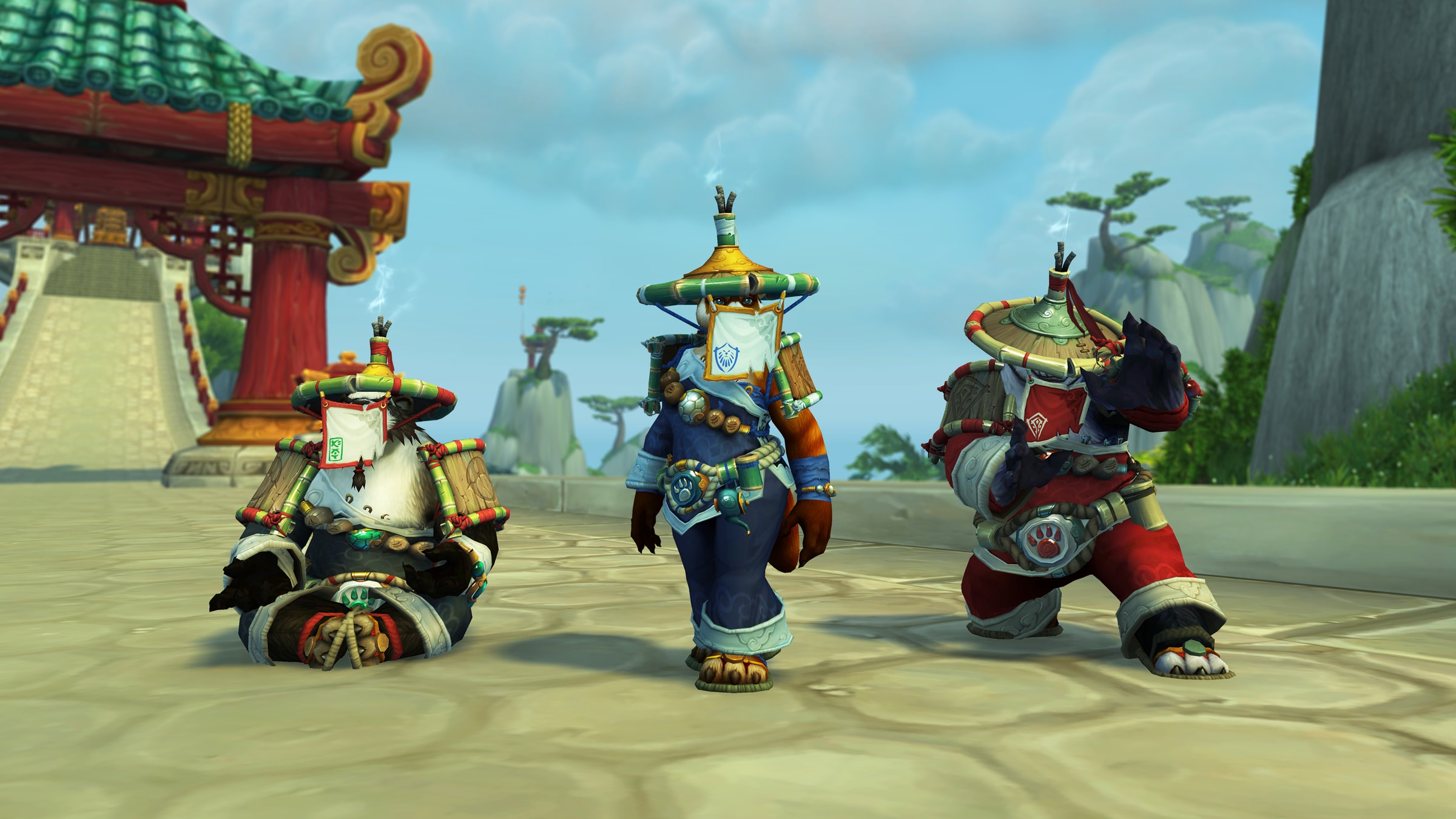In a remarkable discovery on the cliffs of Durlston Bay near Swanage, Dorset, a new species of prehistoric mammal has been unearthed, offering fresh insights into the diversity of early mammals that coexisted with dinosaurs. The fossilized remains, dating back approximately 145 million years to the Berriasian age of the Cretaceous period, were found by Benjamin Weston, an undergraduate paleontology student at the University of Portsmouth. The find marks an important contribution to the study of early mammalian evolution, as it reveals not only the incredible preservation of the specimen but also how these creatures carved out ecological niches during the age of the dinosaurs.
The discovery is groundbreaking not only for its age but also because the fossilized jaw represents a previously unknown species of multituberculate, an extinct group of early mammals distinguished by their unique posterior teeth. The detailed study of this jaw, conducted with the help of advanced CT scanning technology, has been published in Proceedings of the Geologists’ Association.
A Remarkable Find by a Student
Benjamin Weston’s discovery of the Novaculadon mirabilis jaw came during his fieldwork in Dorset, a region famous for its rich fossil heritage. The fossil, measuring just 16.5mm in length, was found on the beach, and immediately, Weston suspected its significance. However, as he began studying it further, the full scope of the discovery unfolded.
“I instantly had my suspicions of what the jaw was when I found it at the beach, but couldn’t have imagined where the discovery would take me,” said Weston. “I’m extremely grateful to the team and to the university for helping me take my first steps into academic paleontology.”
The jaw’s small size and distinct features, including sharp, blade-like premolars and a long pointed incisor, immediately identified it as a multituberculate, a type of early mammal that flourished during the Mesozoic era. The fossil’s unique structure is not only scientifically valuable but also adds to the growing number of important finds in the region. This is the first multituberculate jaw discovered in Swanage since the Victorian era, making it a truly rare find.
Advanced Technology Reveals Hidden Details
The preservation of the fossil posed several challenges, as parts of the jaw were obscured by rock. To overcome this, the University of Portsmouth utilized its state-of-the-art CT scanning technology, allowing researchers to examine the specimen without damaging it. Dr. Charles Wood, a senior scientific officer at the university, led the team using CT scanning to reveal the intricate details of the jaw hidden within the surrounding rock.
Following this, digital processing was carried out by Jake Keane, a former student now working in Abu Dhabi, who used advanced techniques to isolate individual teeth from the fossil. This “digital dental surgery” allowed the team to study the specimen in minute detail, providing insights that would have been impossible to achieve through traditional methods alone. The CT scans were used to create magnified 3D printed replicas of the jaw, enabling further analysis without the risk of damaging the fragile fossil.
This advanced approach underscores the importance of technological innovation in paleontological research. The use of these techniques is a testament to how modern tools can bring new understanding to ancient specimens, revolutionizing how we learn about prehistoric life.
Introducing Novaculadon Mirabilis
The new species has been named Novaculadon mirabilis, with the genus name “Novaculadon” referencing the razor-like shape of its back teeth, and “mirabilis” signifying the exceptional preservation of the specimen. The newly discovered species is believed to have been an omnivore, likely preying on small invertebrates like insects and worms, a feeding strategy that sets it apart from modern rodents like squirrels and rats.
Portsmouth paleontology student Hamzah Imran created an artistic reconstruction of Novaculadon mirabilis, imagining the small mammal as a furry creature, possibly adorned with speculative spots and stripes. Though speculative, this illustration provides a visual representation of what this Cretaceous mammal may have looked like in its environment.
The Collaborative Nature of the Research
The Novaculadon mirabilis discovery is not only significant because of the fossil itself but also due to the collaborative effort behind its study. The research team, which included faculty members, researchers, and former students, worked together seamlessly to analyze and describe the new species. Emeritus Professor David Martill, who supervised the research, highlighted the importance of teamwork in bringing this discovery to light.
“Looking back now that the discovery has been published, I am amazed at how many people it took to describe this little mammal,” said Martill. “I especially appreciated that all team members were university staff or present and former students—a true team effort including academics, technicians, alumni, and students with diverse talents across three departments.”
This collaborative effort illustrates the significant role that universities and their departments play in fostering groundbreaking research. The combination of academic mentorship, cutting-edge technology, and the hands-on experiences offered by the University of Portsmouth creates an environment where discoveries like Novaculadon mirabilis can flourish.
Source link

